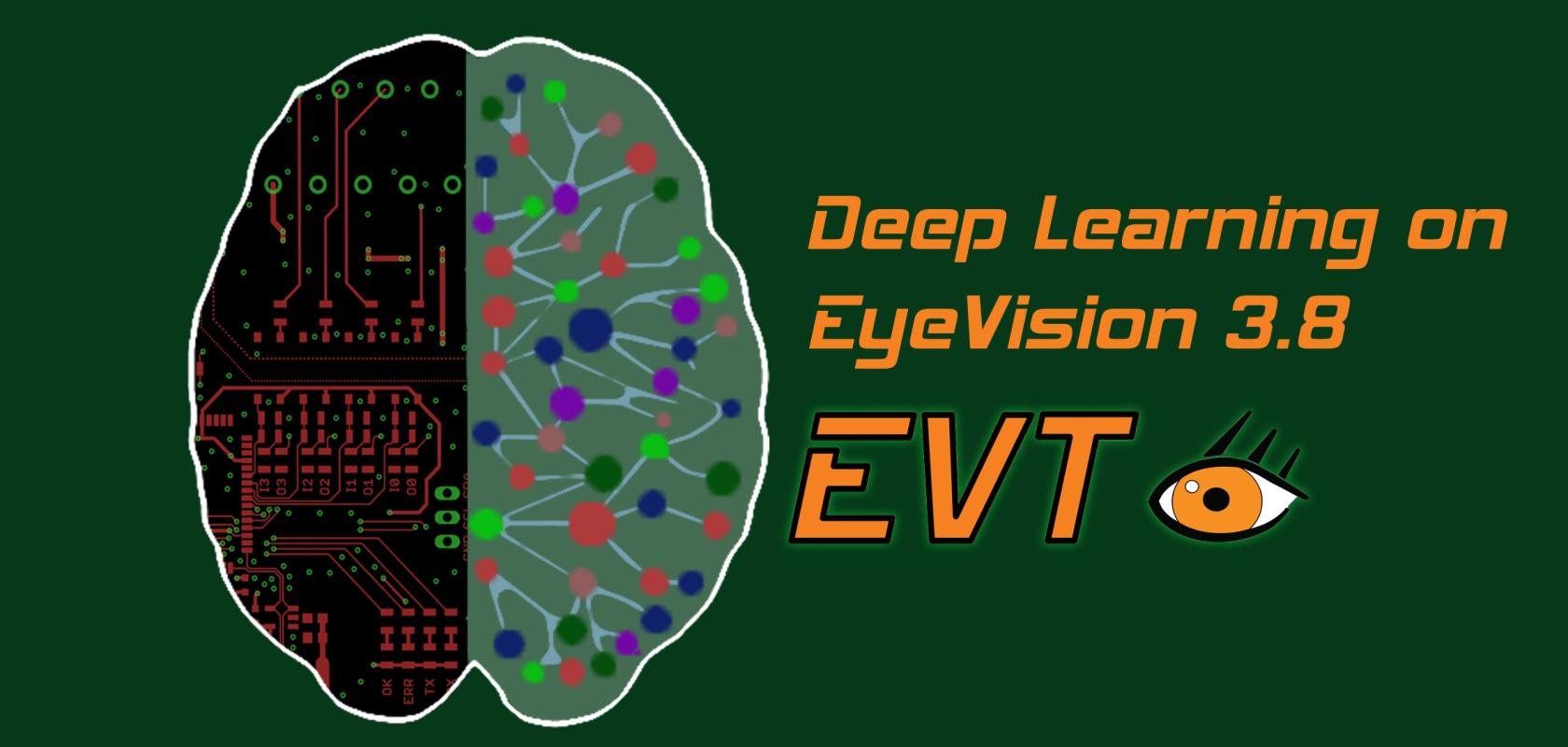The EyeVision image processing software now also allows the use of Deep Learning.
With the new release 3.8 the EyeVision software will support Deep Learning. So therefore it would not be necessary any more to specify all information for an inspection program, formally via the computer.
The extended components allow the software to also solve complex recognition applications much easier with Deep Learning. Because here the software learns through experience and the world is understood in relation to an hierarchy of concepts. Through an accumulation of knowledge due to experience, inspection concepts can be developed and extended accordingly. The hierarchy of concepts through Deep Learning allows the EyeVision processor to even learn complicated concepts, by simply draw on the accumulated knowledge.
The Deep Learning recognition tools of the EyeVision software can be installed on embedded systems as well as on smart cameras, because the EyeVision Standard tools are also available for standard ARM environments. Therefore the ANN (artificial neural networks) can also be used for these platforms.
The continuous development of the EVT-owned smart camera platform allows to realize the recognition performance of the neuronal networks of the PC-level also on embedded platforms, due to the use of special parallel processing network chips. This unique recognition performance is realized with new components, which were developed specially for Deep Learning.
The optional plugins reduce the complexity of Deep Learning for the user to the easiness of only a few mouse clicks – a feature, which forms the basis of the EyeVision internal structure. Special preprocessing functions as for example the “learn” function, allow every user of the EyeVision software to create specially adapted networks.
There are pre-configured networks, for certain application types, which save the user from the wearisome programming of neural networks, as for example the OCR-recognition, but also the complex image processing such as in the area of thermal imaging or 3D evaluation.
Deep learning helps in the automated world, where processes are not exactly predictable or else, are running more effective without being planned beforehand. Besides, Deep Learning creates the conditions, which make it possible for plants and robots, to make independent and reliable decisions.
Machine learning use cases are for example: image classification, object detection, localization, medical imaging & interpretation, seismic imaging & interpretation, etc.
The EyeVision Release 3.8 will be available by the end of the first quarter of 2018.


